After recently wrapping up my eBook on urban exploration photography, I've taken a step back to examine why I go to abandoned places, risking legal repercussions and personal injury only to walk away with a few shots that I truly love. The obvious reasons are that it's incredibly fun, it's adventurous, it's exhilarating, it's challenging, and I love historical places. But most importantly, I have the rare opportunity to photograph places that very few photographers can. The skills I've gained over the years to find abandoned places, to figure out how to get inside of them (without getting arrested), and to photograph them in extremely unforgiving lighting circumstances are all factors that I shouldn't take for granted. With that said, it hasn't always been a cake walk. I've had close calls with authority figures, I've partially fallen through floors, and I've walked away with a plethora of terrible photos. The latter of those three things has been the most difficult to overcome. By sharing the following lessons, my hope is to save other photographers some of the frustrations of learning the hard way.
Lesson #1: Shoot less!
One of the tough lessons I had to learn in my first year of shooting is that I was simply taking too many shots. When I first started sneaking into abandoned places, I was under the impression that I needed to capture every inch of the building. I think the fear of the building being demolished left me with the possibility that I may be the last person to ever photograph it. After realizing how ridiculous that notion was, coupled with the fact that most of my photos were terrible, I had to ask myself "what is my goal?" I knew that I wanted to create artistic photos that tell the stories of the abandoned buildings that I explore. Once I accepted that I didn't need to serve as a documentarian by capturing every mundane detail, my workflow sped up (because I didn't need to review hundreds of photos) and I was much happier with the shots I walked away with.
Lesson #2: Focus on composition
Not only was I wasting a ton of time trying to shoot too many photos, I was more focused on post-processing rather than composition. I'm happy that I've spent so much time immersed in Lightroom, Photoshop, OnOne, Nik, and other post-processing tools, but I don't like looking at photos from my first year of shooting because they're just horribly composed. I had this twisted mindset that I could just run my photos through Photomatix, crank up the saturation, and call it a day. I've actually gone back to re-shoot a lot of the abandoned places that I shot in my first year because the pictures were THAT bad. You can usually salvage a photo that has mediocre color or lighting in post-processing, but you can't fix composition (without cropping and sacrificing image quality).
Quick tip: Submit your photos to online forums and message boards for critique. 99% of the time, your friends won't tell you if your image sucks.
Lesson #3: Don't shoot mid-day
Fast forward a year. I began to see how lighting was playing a much larger role in my photography. I would typically wake up around 10am on a Saturday and go shoot during the day. This makes it very difficult to get evenly lit photos. Abandoned places are notoriously difficult to shoot because they are often very dark. When you're shooting in a dark place with harsh afternoon sun blaring in through windows or roof, it creates photos with extreme contrast (even with HDR). With that said, landscape photographers swear by blue hour and golden hourâ¦for very good reason. I began to realize that my shots were turning out better if I shot early in the morning or around sunset. If I'm going to be shooting in a dark space, I'd rather have the lighting characteristics of the soft morning sun instead of the harsh afternoon light, no matter how little light is actually coming through. It's also easier to sneak in and out of abandoned buildings when it's dark, so set those alarms for 5 AM and hit the road!
Lesson #4: The 2 lens rule
Everyone wants to be properly equipped for any photographic situation; there's nothing wrong with that for the everyday photographer. But for urban explorers, carrying every lens you own can be a huge pain (especially if you're hopping fences or running away from "threats"). After lugging around too much gear for far too long, I realized I only used about half of what I was carrying for 90% of my exploring. My advice is to pick your 2 favorite lenses and leave the rest at home. You can always swap out glass and go back to a certain location if you feel like you truly missed some shots without a particular lens.
Lesson #5: Stop using Photomatix for your HDR needs
This one might earn me some hate mail, but it needs to be said. While on a trip to Nicaragua with The Giving Lens, photographer Colby Brown turned me onto LR/Enfuse as an alternative to Photomatix and I haven't looked back. Don't get me wrong, Photomatix can yield some great results⦠but rarely in the hands of beginners. One of the problems that I see time and time again is that urban explorers want to get that gritty detail in their images, so they crank up the Photomatix Strength slider to 100 and hope for the best. This isn't the right way to do it and I was guilty of the same thing for a long time. Using LR/Enfuse or 32-bit HDR's gives me great dynamic range without the pitfalls of Photomatix sliders. If you're looking to get some gritty texture in your images, try Nik Color Efex Pro's Tonal Contrast filter (used in moderation) instead.
Lesson #6: Don't stop experimenting
It's easy to fall into the routine of "what works" in order to generate a solid image, whether it's using the same camera settings, light painting technique, or Photoshop actions. We're all just looking for the fastest route to great results, right? That's logical and perfectly fine if you're happy with what you're creating. Personally, I get bored. I like to try new methods to capture a scene or post process an image. Forcing myself to experiment has broken many of the creative plateaus I've experience over the years. Don't just read articles on the web of what you "should be doing" (like this one). Get out there and try things simply because you haven't tried them before. A couple great exercises that I still practice to this day are:
1. Explore with only one lens, preferably a prime lens. This will force you to move around and try different angles because you're locked into one focal length.
2. Don't do any bracketing. In my book, I tell my readers to "always bracket." That advice is for making sure you get a usable exposure, either through HDR or by having different exposures to choose from. If you go exploring and DON'T bracket for a day, you'll learn to rely on your histogram to ensure that you've got a proper exposure.
Lesson #7: Look at your old work
I sometimes get frustrated or burned out by the creative process. In order to write this article, I went into the archives and analyzed some of my worst photos so that I could map out some of the things I've learned along the way. As much as I hate it and it makes me cringe, seeing how far I've come motivates me to get better and to never stop learning. A good practice is to take a look at some of your old shots and ask yourself, "Why did I shoot it this way?" and, "How would I shoot it today?" Those two questions alone have encouraged me to get out there and keep shooting so that I can improve my technique and workflow. I employ the sage wisdom of "work smarter, not harder" to my photography; if you don't step back and examine why you do things a certain way, you'll never come up with a better way to do them. I certainly didn't get into this hobby to settle for mediocrity and neither should you.
If you'd like to learn more about urban exploration photography, feel free to check out my book over at Peachpit.
You can see more of Todd’s work at Abandoned.Photography and ToddSipes.net, and follow him on Facebook and Google+.



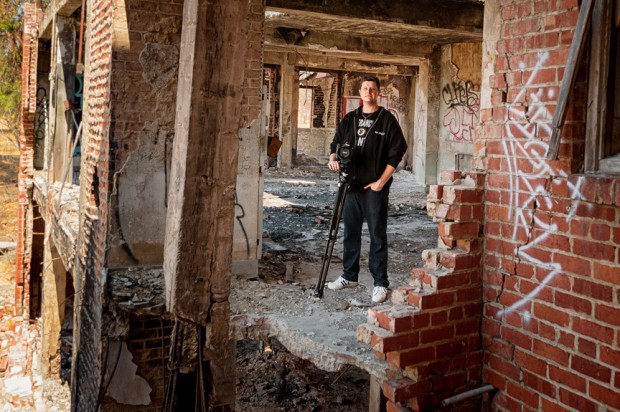
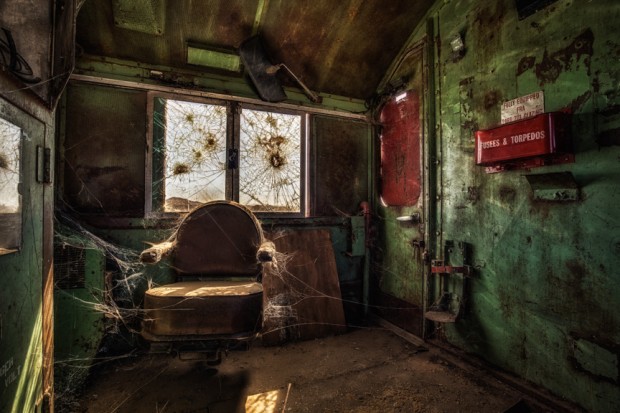
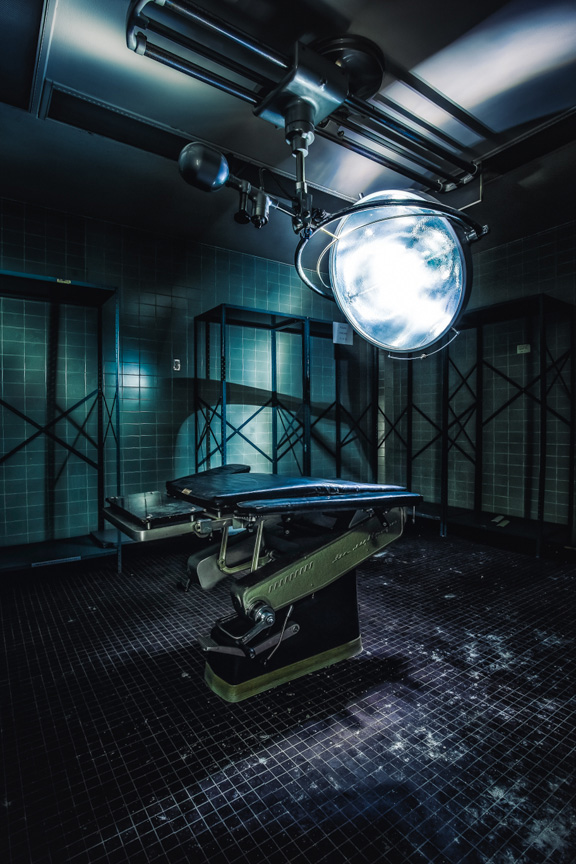
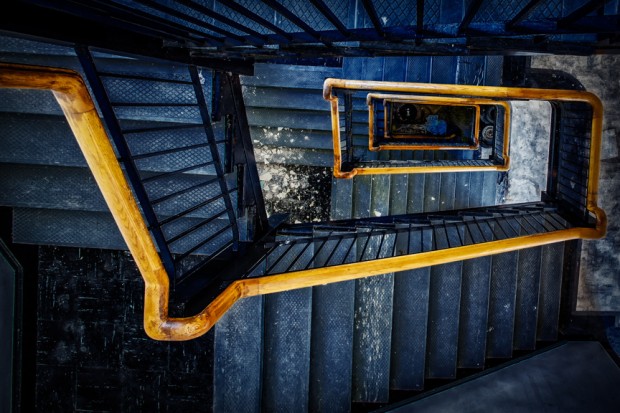
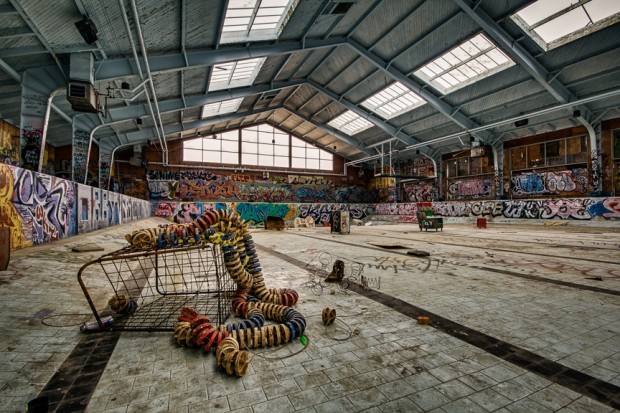
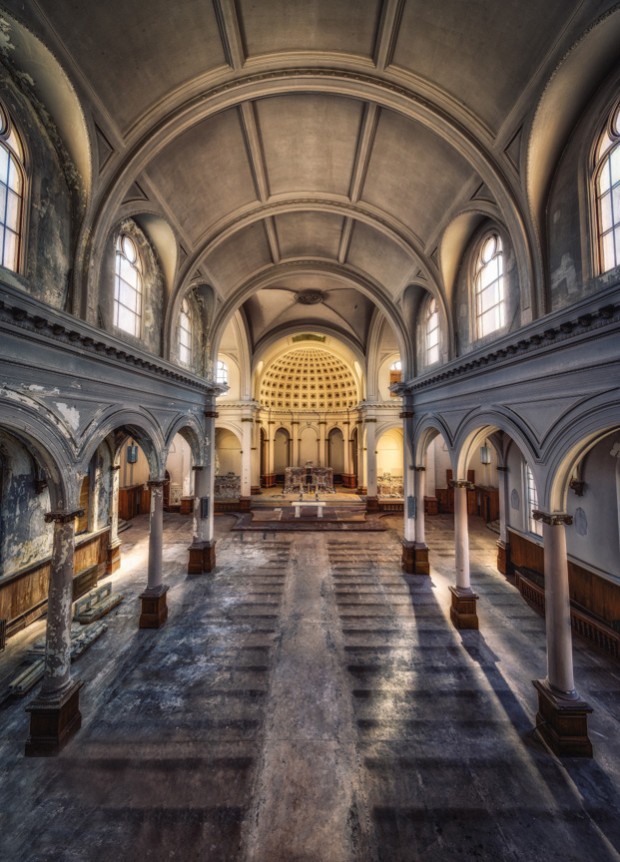
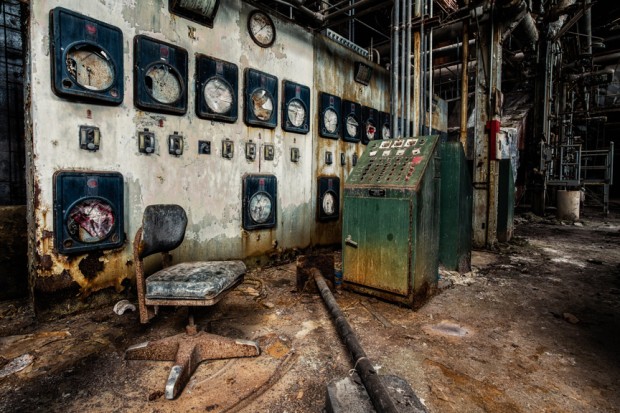
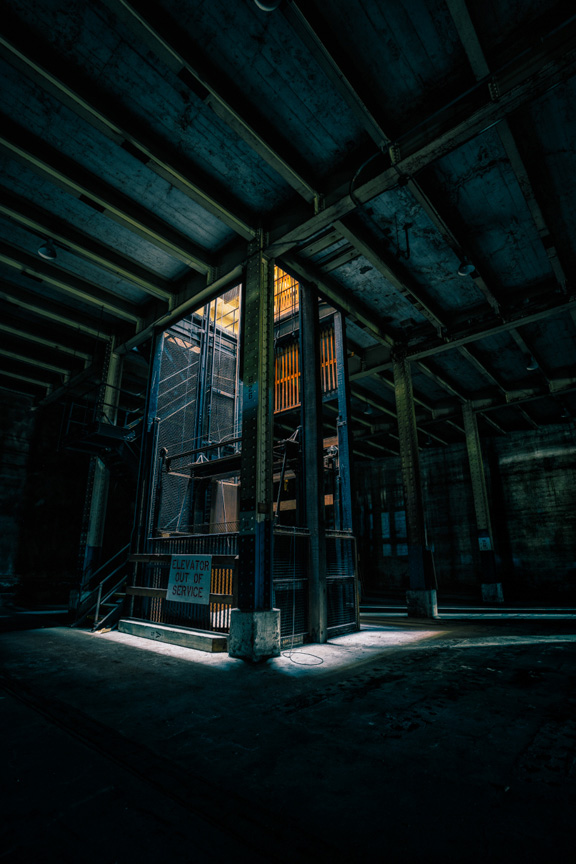
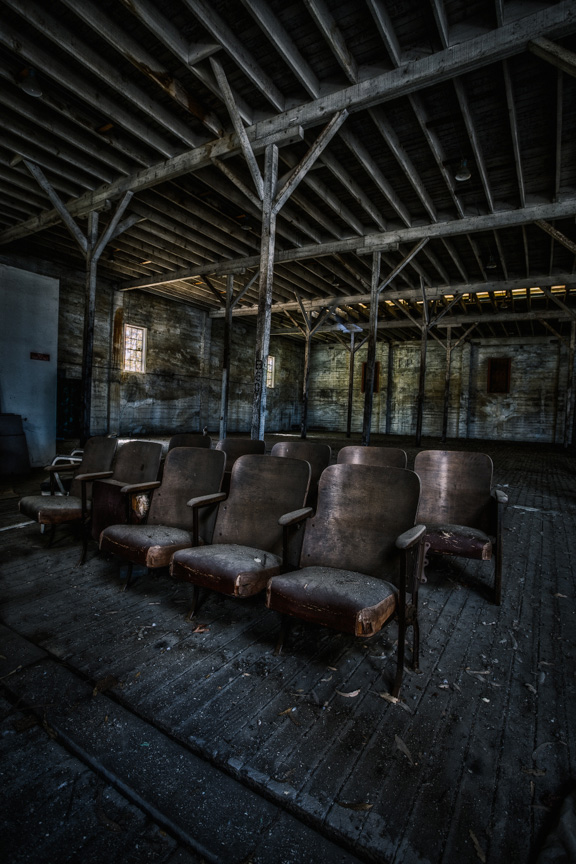
Awesome post and info Todd! I love urban exploration photography, we have lots of shut down mills here in South Carolina and we shoot them regularly. If you are ever in this area look me up, I can get u into any of them.
BTW LrInfuse works great!
I’d love to make an East Coast trip and will take you up on that!
im completely amazed that light it magazine and lightroom magazine have been killed off with no official announcement? is the plan to just let people pay for the yearly membership until they figure it out for themselves?
Interesting blog today. While the prospect of urban photography intrigues me, I always see myself falling through the floor of some old abandoned building! Awesome pictures, though. The one of the elevator is terrific. Thanks for sharing!
Fantastic article. A lot of the points made echo what Ken Rockwell has been espousing for years.
Excellent post, Todd. Lesson #6: Don’t stop experimenting hit a homer with me. Oh, and I really love that elevator image!
Great post Todd! Fantastic shots too, I will check out your book.
R